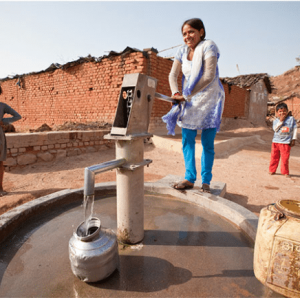
Agriculture
June 24, 2024
AFD-1 Water Flow Sensor
Read SolutionImplemented by
Charity: water
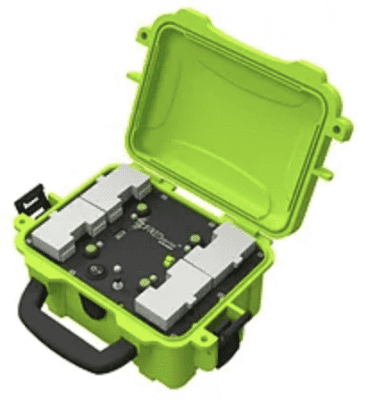
Updated on January 24, 2024
·Created on September 11, 2019
The Field Ready Electrochemical Detector (FRED) is a biosensor platform to detect waterborne contaminants.
The Field Ready Electrochemical Detector (FRED) is a biosensor platform developed by FREDsense Technologies to detect waterborne contaminants. Modified microbes designed to sense arsenic, manganese, iron, acidity, or other inorganic and organic contaminants are electrochemically detected. Results are ready in about an hour and can be obtained through a 3G, Wi-Fi, or USB connection.
Target SDGs
SDG 6: Clean Water and Sanitation
SDG 3: Good Health and Well-Being
Market Suggested Retail Price
$3,000.00
Target Users (Target Impact Group)
Household, Small and Medium-sized Enterprises
Distributors / Implementing Organizations
The product is available from the manufacturer, FREDsense Technologies.
Regions
Worldwide
Manufacturing/Building Method
The FRED system is manufactured in-house in Canada and has manufacturing partners for device components (assembly is in-house as well). Interview with manufacturer
Intellectural Property Type
Patent
User Provision Model
This product is sold on the manufacturer’s website.
Distributions to Date Status
The product has been available for ~4 months, 12 kits have been deployed thus far. Interview with manufacturer
Test types included
Arsenic, iron, manganese, acidity, and other custom organic and inorganic contaminants
Equipment included
Cartridge for sample addition, portable detector
Tests per kit
One test per cartridge
Detection range
1 ug/L detection
Processing time for one sample (hr)
1 hour
Additional materials required
Cartridge with bacteria, connection for receiving detection results (3G, Wi-Fi, or USB connection on a computer, mobile device, or server)
Power required (yes/no)
No
Complete kit weight (kg)
3.2 kg
Design Specifications
A water sample is added to the cartridge. When the genetically engineered sensor bacteria detects the chemical they cleave a substrate in proportion to the specific chemical to produce a redox active species. The sample then diffuses to a screen-printed carbon electrode surface to undergo a reversible oxidation detected either via cyclic or square wave voltammetry. This electrochemical signal, incubated in the detector, is reported as a chemical concentration either through 3G, Wi-Fi, or USB connection on a computer, mobile device, or server. Tests take about one hour and are available for arsenic, manganese, iron, acidity, or can be customized for other chemicals. No additional chemicals or training is required, and detection is 1 ug/L.
Technical Support
Provided by the manufacturer
Replacement Components
Cartridge for water samples
Lifecycle
There is a warranty for two years, and the kit has a five-year estimated lifecycle due to needed upgrades to sensors. Interview with manufacturer
Manufacturer Specified Performance Parameters
1 ug/L detection in about 1 hour in the field, customizable sensors, no training or complicated procedures necessary, no toxic chemicals used
Vetted Performance Status
The kit was tested in an analytical lab and validation provided by first pilot customers validation.
Safety
No known safety hazards are related to this product
Complementary Technical Systems
Cartridge with bacteria, and a connection for receiving detection results (3G, Wi-Fi, or USB connection on a computer, mobile device, or server)
Academic Research and References
Mayall, R.M., 2017, Combining Electrochemistry and Biology to Create a Suite of Portable Biosensors for Water Analysis. 231st Electrochemical Society Meeting.
“Home –,” FREDsense Technologies, 14-Nov-2017. Available: https://fredsense.com/
Goal 6. (n.d.). Sdgs.un.org. Available: https://sdgs.un.org/goals/goal6
R. M. Mayall, E. C. Hicks, M. M.-F. Renaud-Young, D. C. Lloyd, L. K. Oberding, and I. F. S. George, “System and methods for the detection of multiple chemical compounds,” 9689046, 27-Jun-2017.
“ECS Meeting Abstracts,” Iop.org. Available: https://iopscience.iop.org/journal/2151-2043
“Technology –,” FREDsense Technologies, 13-Sep-2020. Available: https://fredsense.com/technology/
Compliance with regulations
Approved through Canada (Environment Canada) and US (EPA TOSCA)Interview with manufacturer
Evaluation methods
Evaluated for detection of arsenic, manganese, iron, acidity, and other organic and inorganic contaminants.
Other Information
FREDsense has been the recipient of several awards including the Singularity University Global Grand Challenge: Water, the first ever Energy New Venture Competition through the University of Calgary, and named an Imagine H2O finalist, and been awarded several other awards.
Sensor usage steps

Agriculture
June 24, 2024
Implemented by
Charity: water
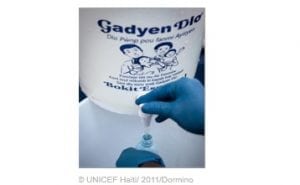
Agriculture
January 2, 2024
Implemented by
Deep Springs International
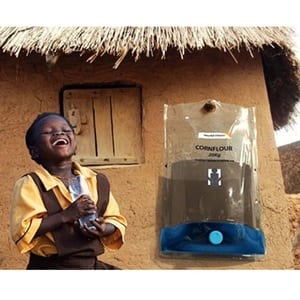
Agriculture
January 3, 2024
Implemented by
Jung Uk Park, Myeong Hoon Lee, and Dae Youl Lee
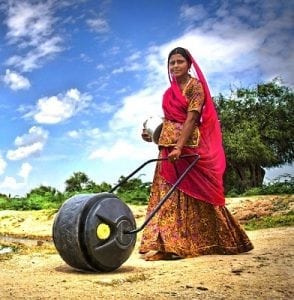
Agriculture
June 22, 2024
Implemented by
Wello
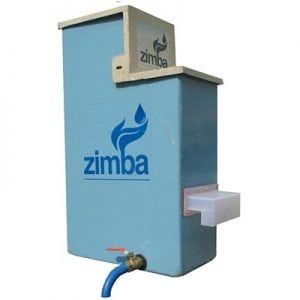
Agriculture
January 3, 2024
Implemented by
Suprio Das
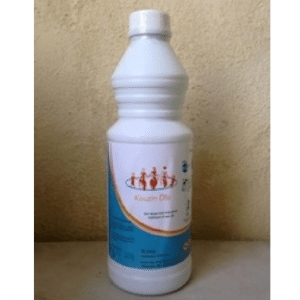
Agriculture
January 2, 2024
Implemented by
Archimedes Project
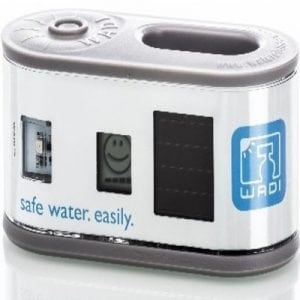
Agriculture
January 3, 2024
Implemented by
Helioz
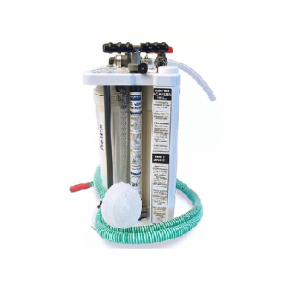
Agriculture
December 28, 2023
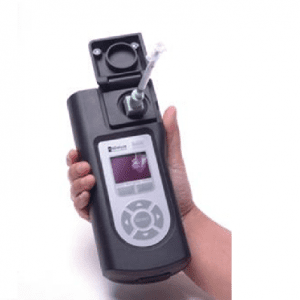
Agriculture
January 17, 2024
Implemented by
ANDalyze
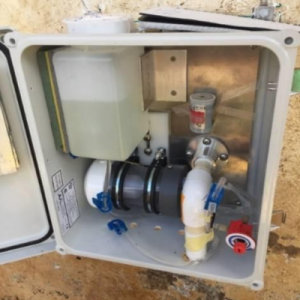
Agriculture
January 27, 2024
Implemented by
MSR
Have thoughts on how we can improve?
Give Us Feedback